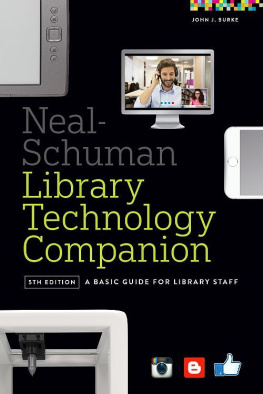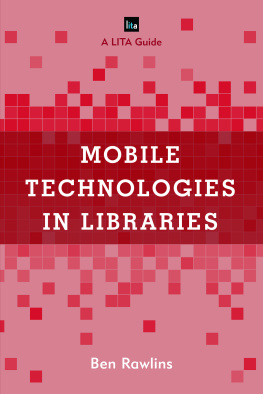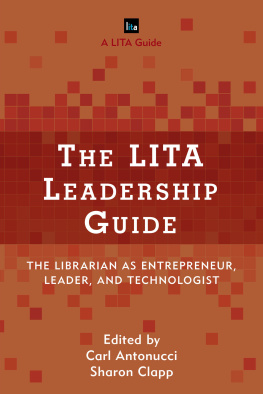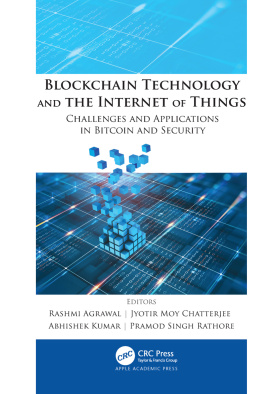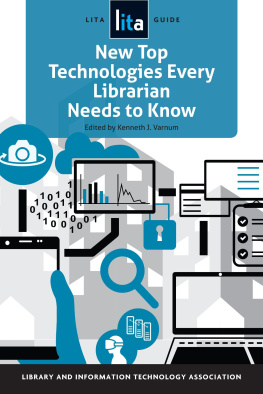Jonathan M. Smith is interim assistant dean for technology and access services at Sonoma State University. He is the lead technologist for the library, where he drives technology development with a focus on collaboration and an eye towards student success. Throughout his career, he has led major projects in strategic technology planning, web development, and server migrations; launched two academic makerspaces and an institutional repository; and has taught graduate-level courses in systems analysis and database development. Jonathan is a 2018 Library Senior Fellow at UCLA, and has held faculty positions at California State University, San Bernardino and The Catholic University of America.
Jonathan regularly presents on technology topics at conferences, often focusing on emerging technologies. His published work includes a chapter on makerspace tools and technologies in the recent publication Makerspaces in Practice and a chapter on Arduino programming in The Makerspace Librarians Sourcebook. Visit www.jonathanmsmith.net for more information about him. Jonathan holds an MSLS from The Catholic University of America and a BA from California State University, Fresno.
While writing this book, I was inspired by the expertise and ingenuity of my fellow library technologists who solve complex problems and develop innovative solutions on a daily basis. Much about library IT work is not glamorous, yet it is essential to the services that libraries provide today. It is also impossible to be an expert in all technology subjects, so I am indebted to my colleagues who continually investigate, innovate, and share their knowledge.
To be a technologist is to be a lifelong learner and I believe that most library workers are at least a little bit of a technologistwhether they think of themselves that way or not.
I would like to thank Dr. Karen G. Schneider for her endless support and encouragement during this project as well as in my day job managing library technology and experimenting with emerging technology services. I also thank Charles Harmon for his eternal patience and guidance during my first book project. I know that I am not alone in listening to music at times while working, so I would like to acknowledge the musicians whose work aided my own creative process: Jhann Jhannsson, Hildur Gunadttir, Steven Wilson, and Insomnium. Finally, I want to thank my kids for their patience while their father spent time on weekends and vacations working on this book, and my wife, Katrina Smith (a librarian as well), for both her personal and professional support of this project.
Jonathan M. Smith
Santa Rosa, California
The influence of information technology (IT) on the library world is undeniable. It is woven into nearly every service that libraries provide, whether the library user interacts directly with technology or the library worker uses technology in providing the service. It is a matter of course that all library positions involve some level of skill with IT, from operating personal computers and software, including library management systems, databases, and office productivity software, to designing new technology-based services, planning implementations, and administering complex IT infrastructures. As technology becomes ever more pervasive in the work libraries do, many positions are blending the skills and training of library and information professionals with that of IT professionals, resulting in emerging roles that capitalize on both.
Libraries have a long track record of using new developments in technology and have contributed to many developments as well. As forward-thinking as many in the profession are, it is important to examine new technology critically, as we would any other new service, and to not be carried away by the possibilities. At the same time, innovation occurs when we are not afraid to experiment and try something new. Failure breeds success. A spirit of innovation that is grounded in critical assessment will result in the best possible services for library users.
This chapter begins by establishing a historical context and reviews general technological developments over the past sixty years alongside developments that have taken place in libraries. The chapter then discusses the place of IT in organizations, some particulars of IT governance, and the role of the library in it all. Next, it goes into some detail about the structure of an IT unit, illustrates a library IT department, and describes a number of different positions with responsibility for technology. Lastly, the chapter touches on three issues: ethics of IT, user privacy, and equitable access.
Throughout time, libraries have capitalized on IT as well as contributed to the development of original technologies for their own benefit. The codex and the printing press are examples of early technologies that have had a major influence on libraries. The development of the card catalog in the late eighteenth century revolutionized access to library resources. Microphotography led to the development of microfilm in the early twentieth century and was adopted widely as a means of preservation as well as a method for greatly increasing collections while efficiently using space.
Computers and related digital technologies have transformed information storage and retrieval, and consequently libraries, much as they have society at large. Library services have been similarly affected. IT (also known as information and communications technology) refers to the combination of hardware, software, and services that people use to manage, communicate, and share information. As the IT industry continues to innovate, libraries will continue to use new developments in an effort to provide ever more equitable and better services and resources.
Information Technology in the 1960s
The 1960s were the age of the mainframe computer, and saw the first applications of computers in libraries. The machine-readable cataloging (MARC) standard was developed at the Library of Congress by Henriette Avram in the late 1960s. It is an international standard still in use today for the digital description of bibliographic items such as books, and was key to the automation of libraries. Library staff were able to access the MARC records stored in a mainframe computer by using terminal workstationsthus were the first digital library management systems born.
The foundations of the internet were laid in the late 1960s by the Advanced Research Projects Agency (ARPA) of the US Department of Defense. The project sought to develop a method for digitally sharing messages and data between organizations. Known as ARPANet, the first network went live in 1969 and connected computers located at the University of California at Los Angeles, Stanford University, the University of California at Santa Barbara, and the University of Utah.
This period also saw rapid developments in computer hardware. These advancements were described by Moores law, which originally said that the number of transistors on an integrated circuit would double every yearessentially resulting in processing power that would increase exponentially. The law was revised in 1975 to say that the number of transistors would double every two years. Although a projection of a historical trend and not actually a physical law, Moores law turned out to be fairly accurate for the next forty years. It demonstrated that computing power had simultaneously grown more powerful while also dropping in price.
Information Technology in the 1970s
For most of the 1970s the computing experience was dominated by terminals that connected to mainframes and workgroup computers. Then, in 1977, the first generation of mass-market personal computers were released, subsequently changing the entire landscape as computers came to be used in homes and schools in addition to libraries and businesses. Released that year were the Commodore PET, with the option of 4 KB or 8 KB of RAM; the Apple II, from the company founded by Steve Jobs and Steve Wozniak; and the TRS-80, which was produced by Tandy Corporation and sold in RadioShack stores. The 1970s also saw the development and release of the Xerox Alto, which is credited as the first computer whose operating system used a graphical user interface (GUI) and featured an input device called a


